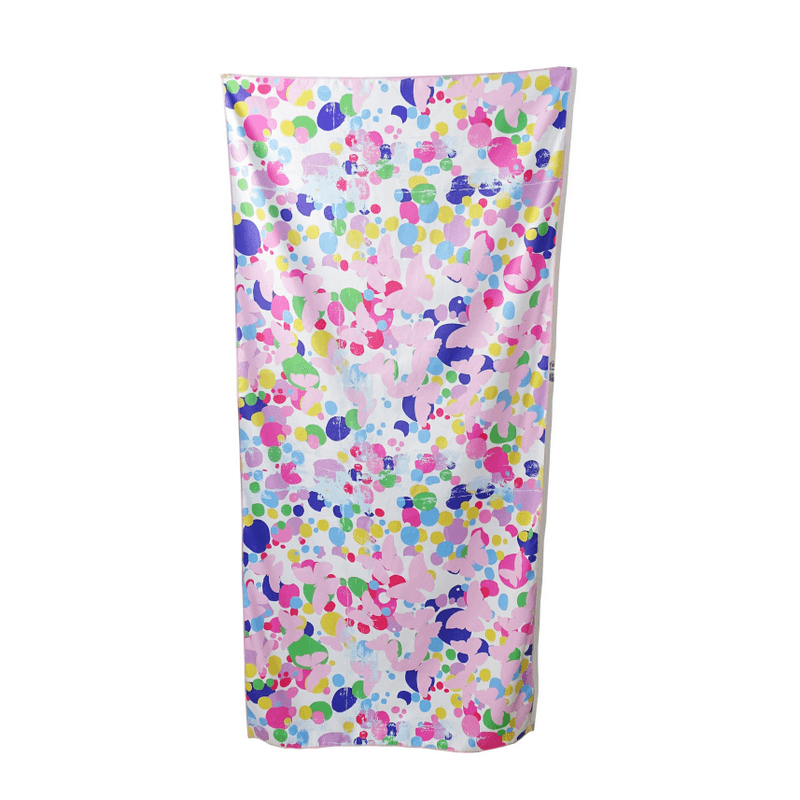If you are interested in some of our products, please feel free to visit our website or contact us for detailed information.
The surface texture of a sand-free beach towel plays a crucial role in its sand-resistant properties through several mechanisms:
Microstructure and Coating:
Smooth Surface: A smooth surface minimizes the contact area between the towel and sand particles. This reduces frictional forces that can cause sand to adhere to the fabric.
Special Coatings: Some towels feature hydrophobic or oleophobic coatings that repel water and oils, making it harder for sand particles to stick to the surface.
Interfacial Interactions:
Surface Energy: The surface energy of the towel affects its interaction with water and sand. Lower surface energy materials tend to repel water and particles more effectively.
Surface Roughness: Controlled micro-roughness or nanostructures on the towel's surface can alter the contact angle of water droplets and sand grains, influencing their adhesion or repulsion.

Ease of Cleaning:
A textured surface that is easy to clean helps to shake off sand particles more effectively. This prevents sand from embedding deep into the fibers of the towel, making it easier to maintain its sand-free properties.
Long-Term Performance:
The durability of the surface texture is crucial. Abrasion-resistant textures can maintain their sand-resistant properties even after repeated use and washing, ensuring long-term effectiveness.
User Comfort:
While enhancing sand resistance, the surface texture should also maintain comfort for users. It should feel soft against the skin and not compromise the overall usability and comfort of the towel.
The surface texture of a sand-free beach towel affects its ability to repel sand by minimizing contact area, altering surface energy interactions, and facilitating easy cleaning. These factors collectively contribute to a more enjoyable and hassle-free beach experience for users.








